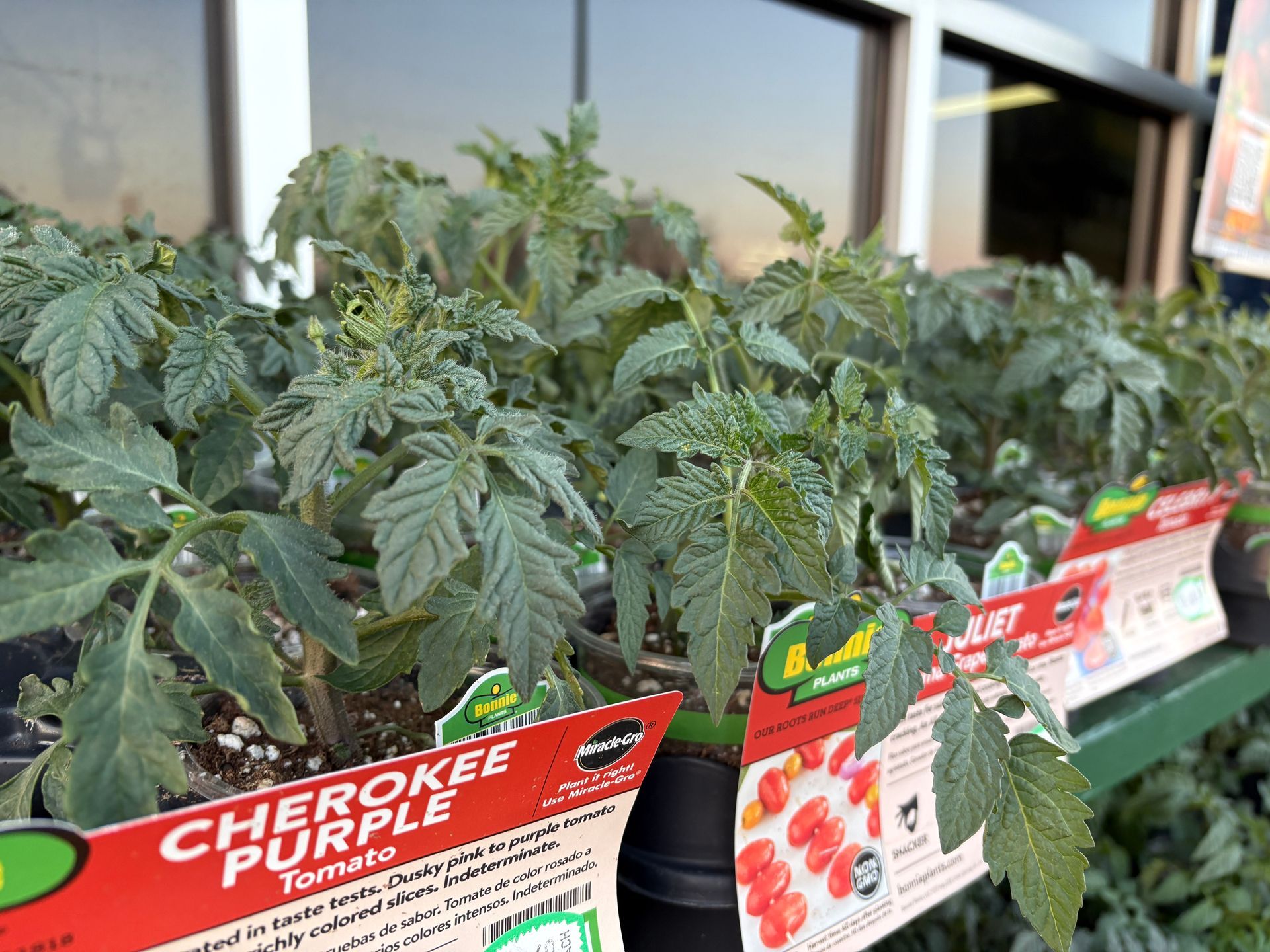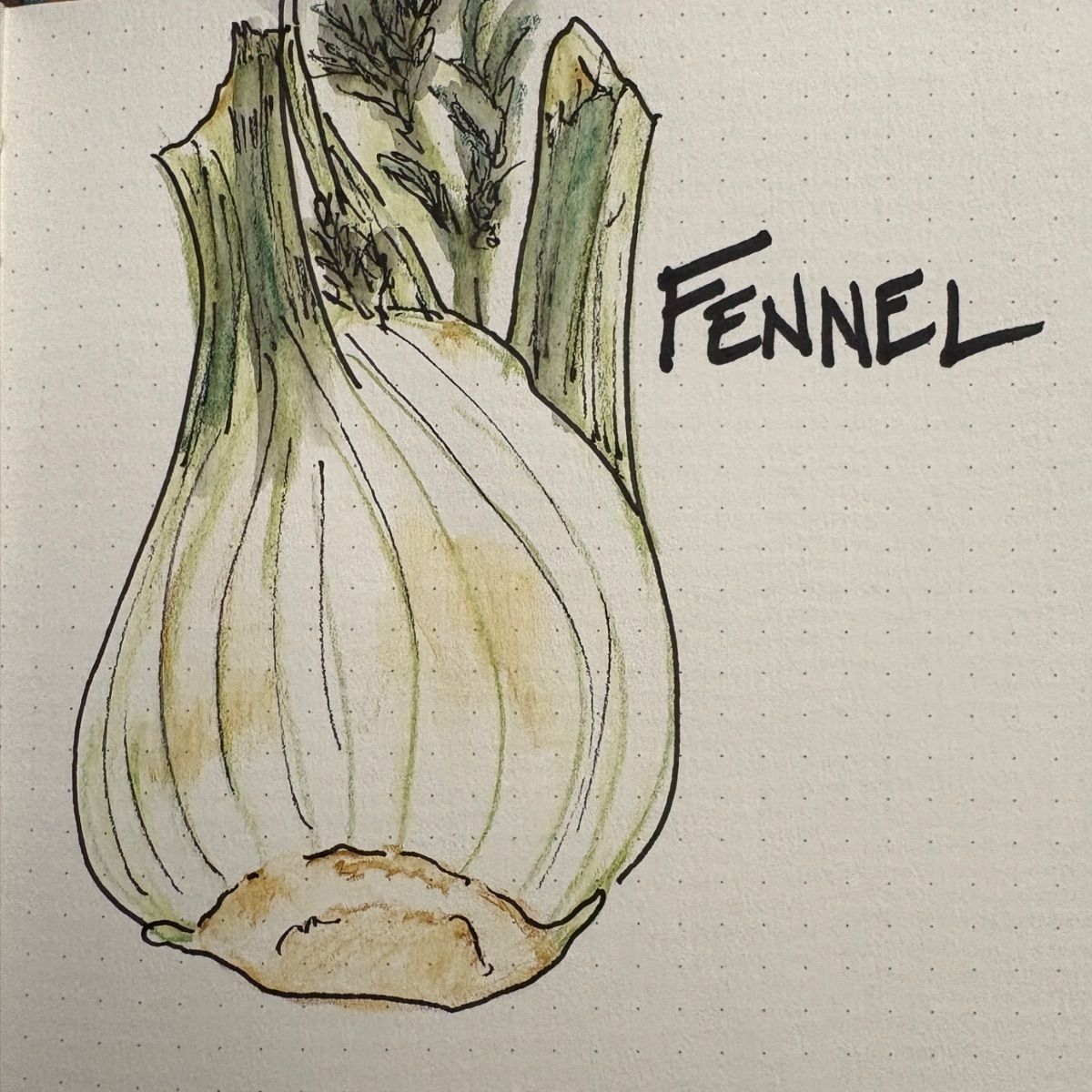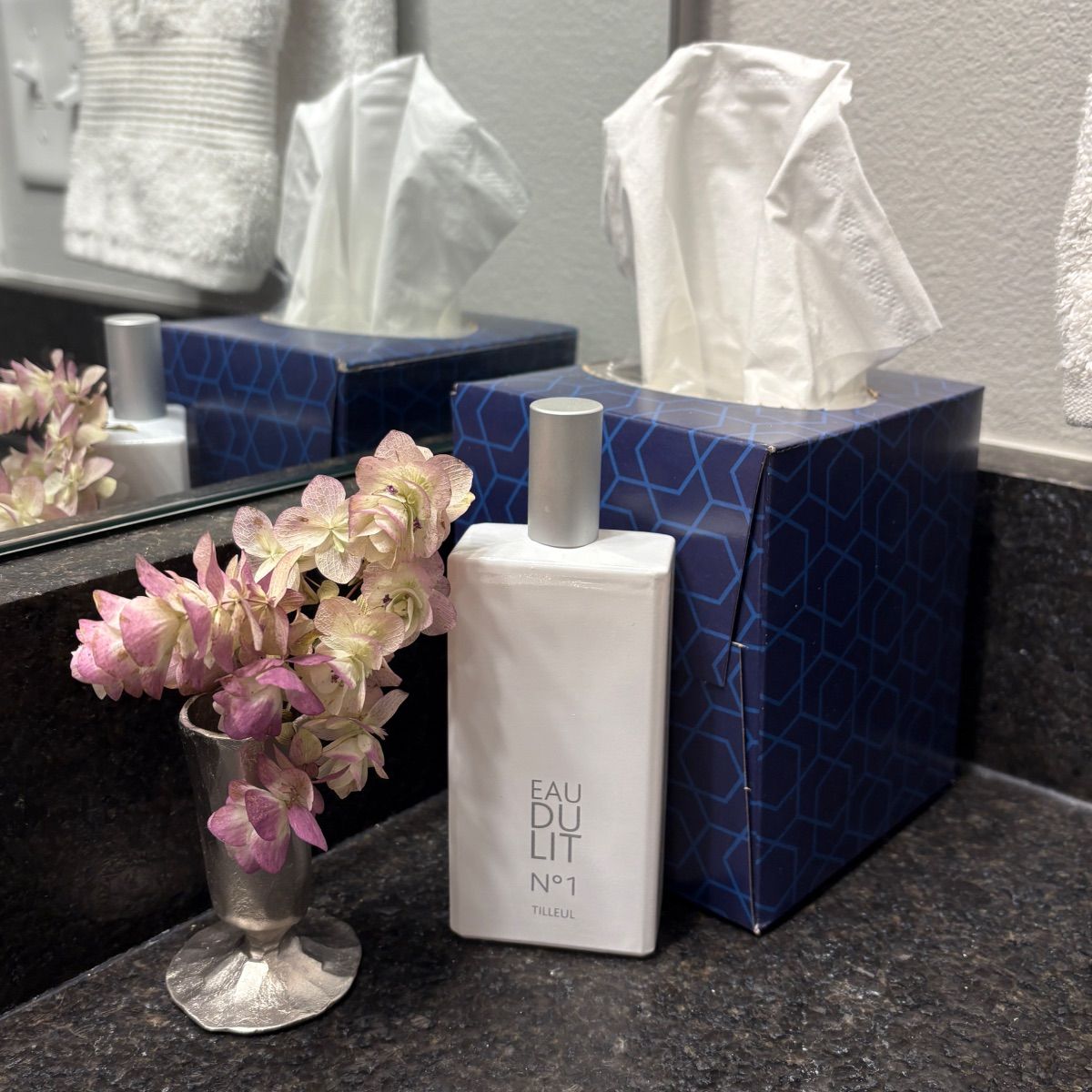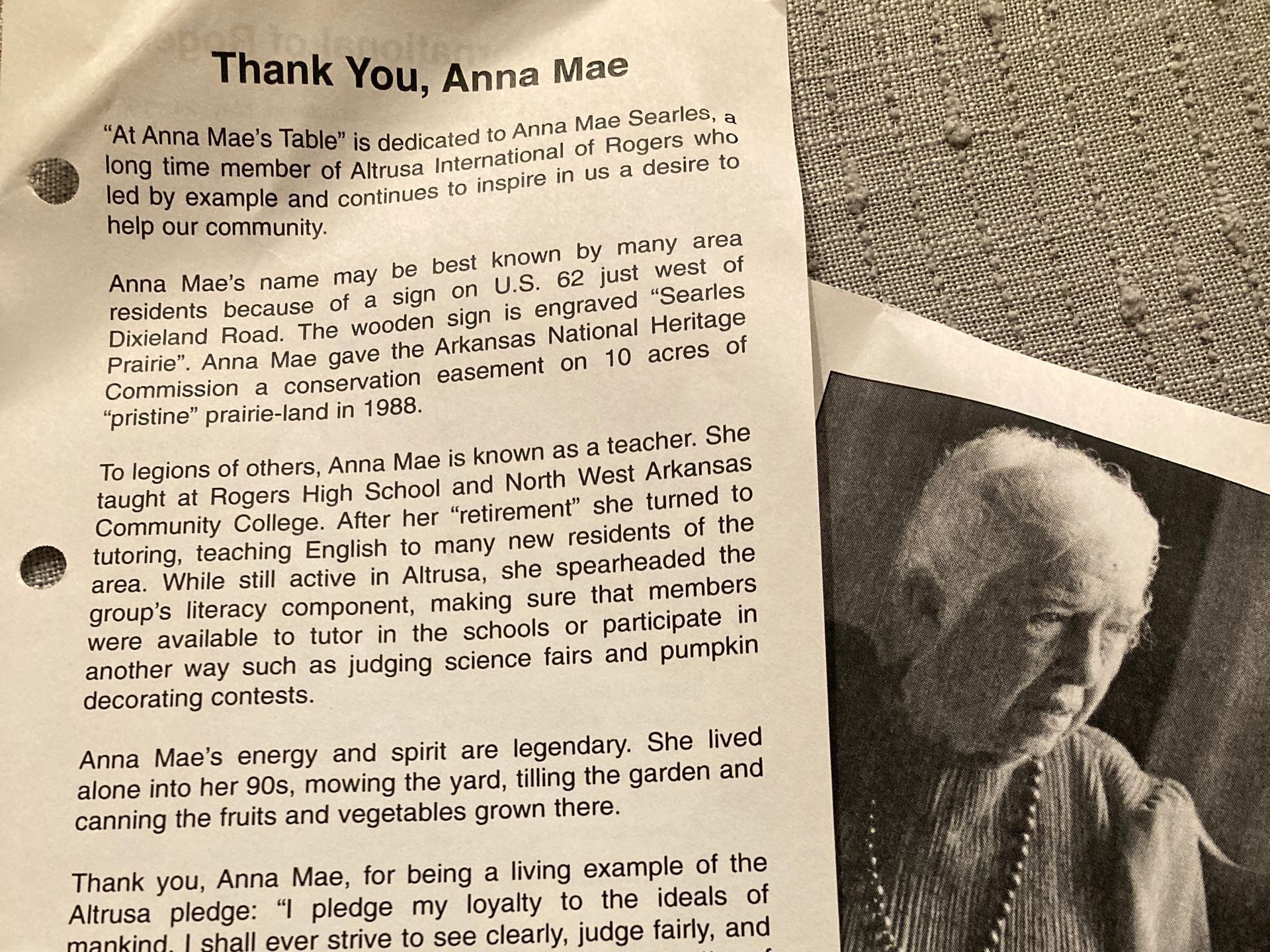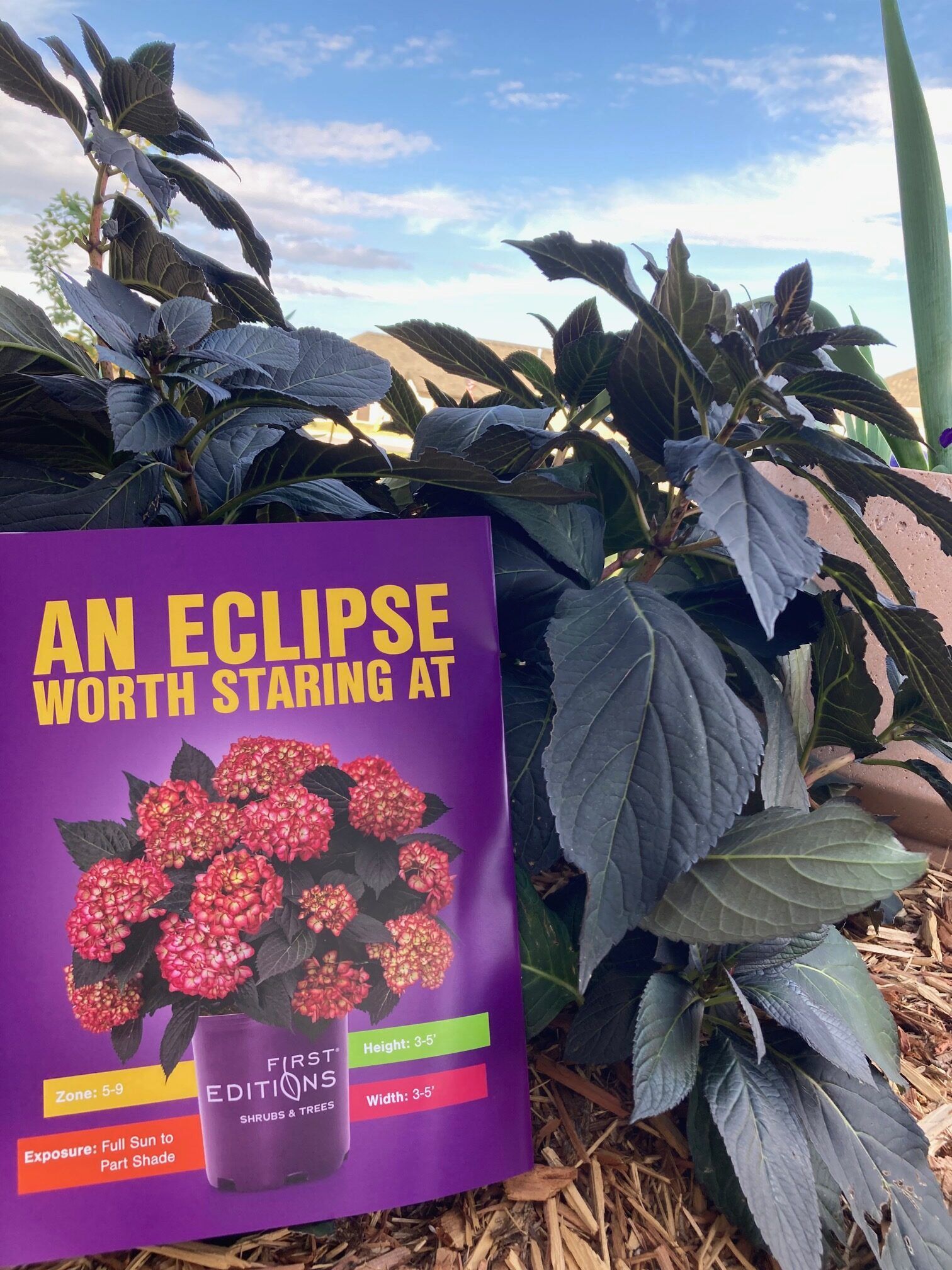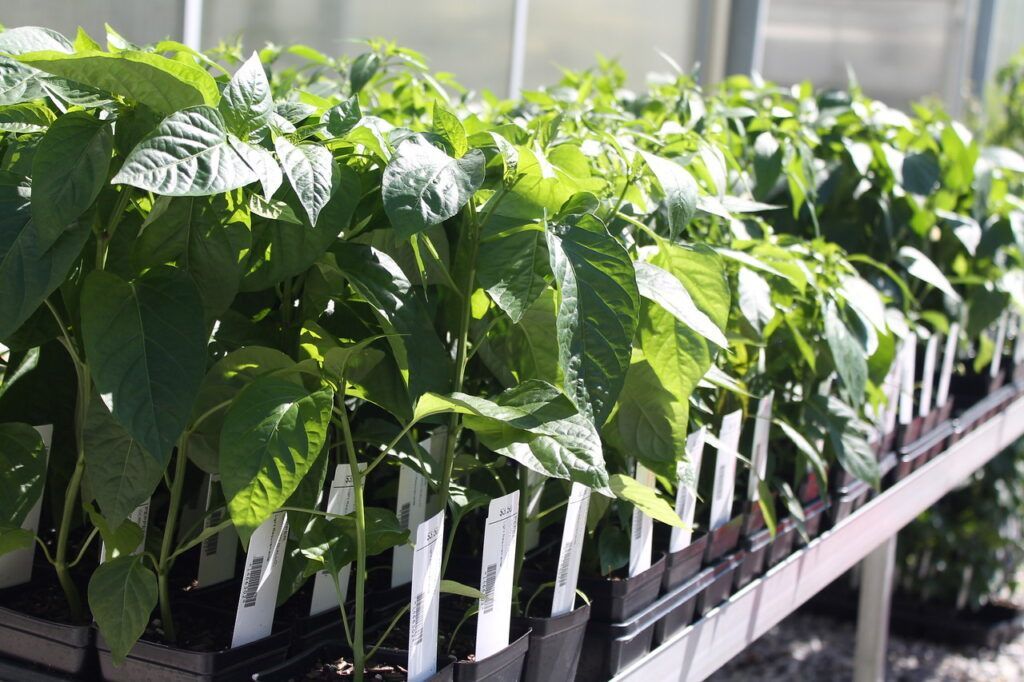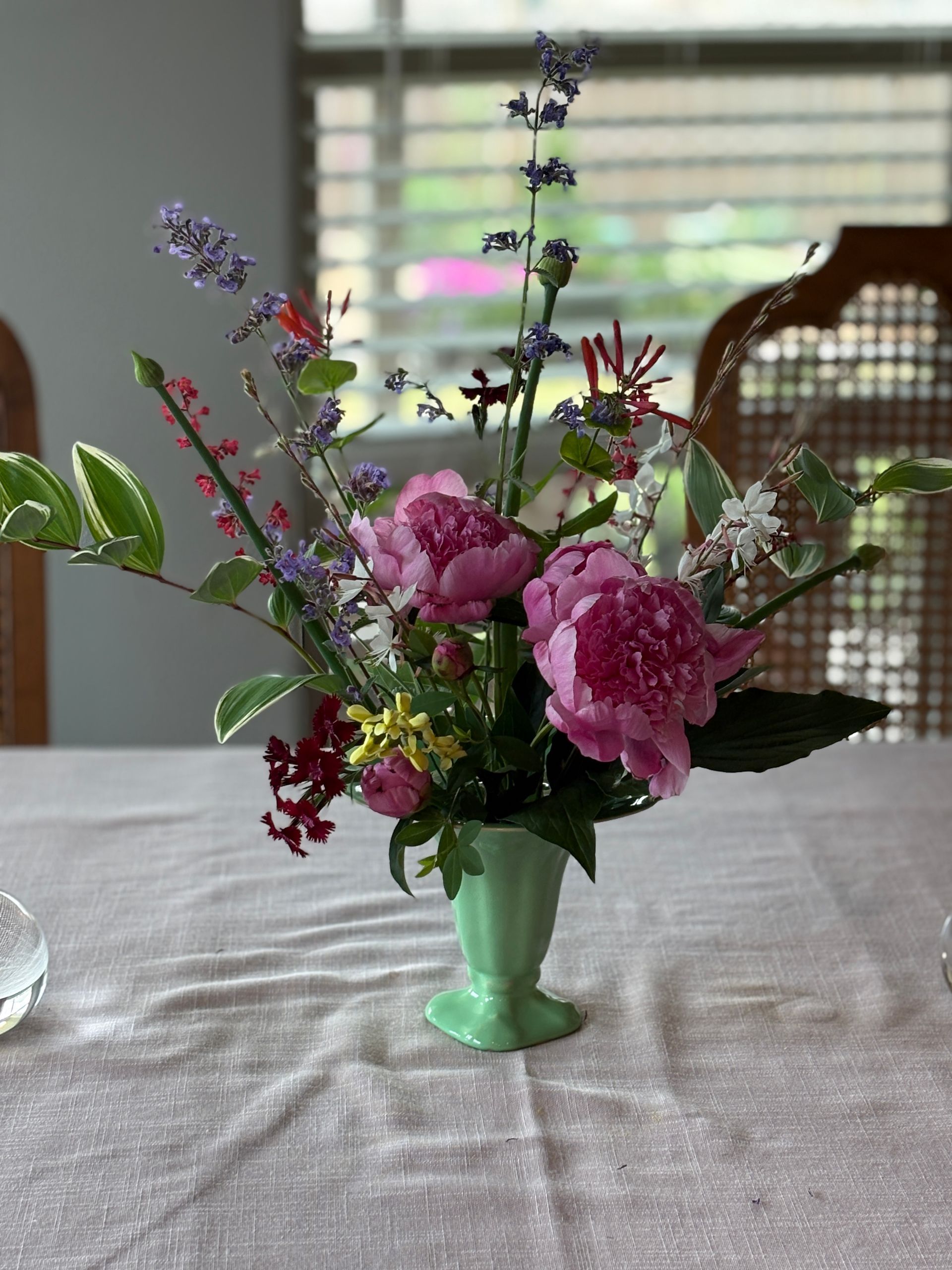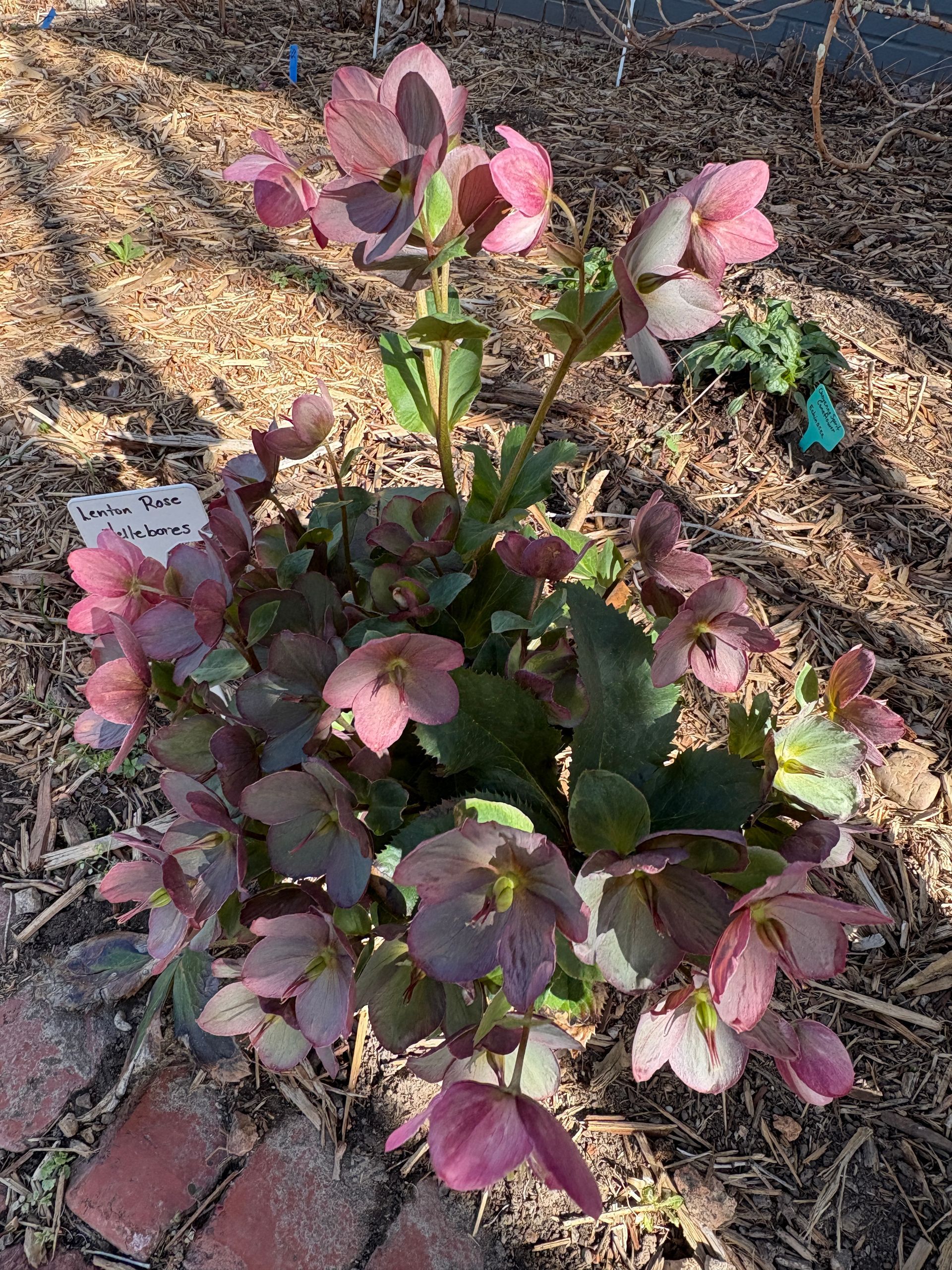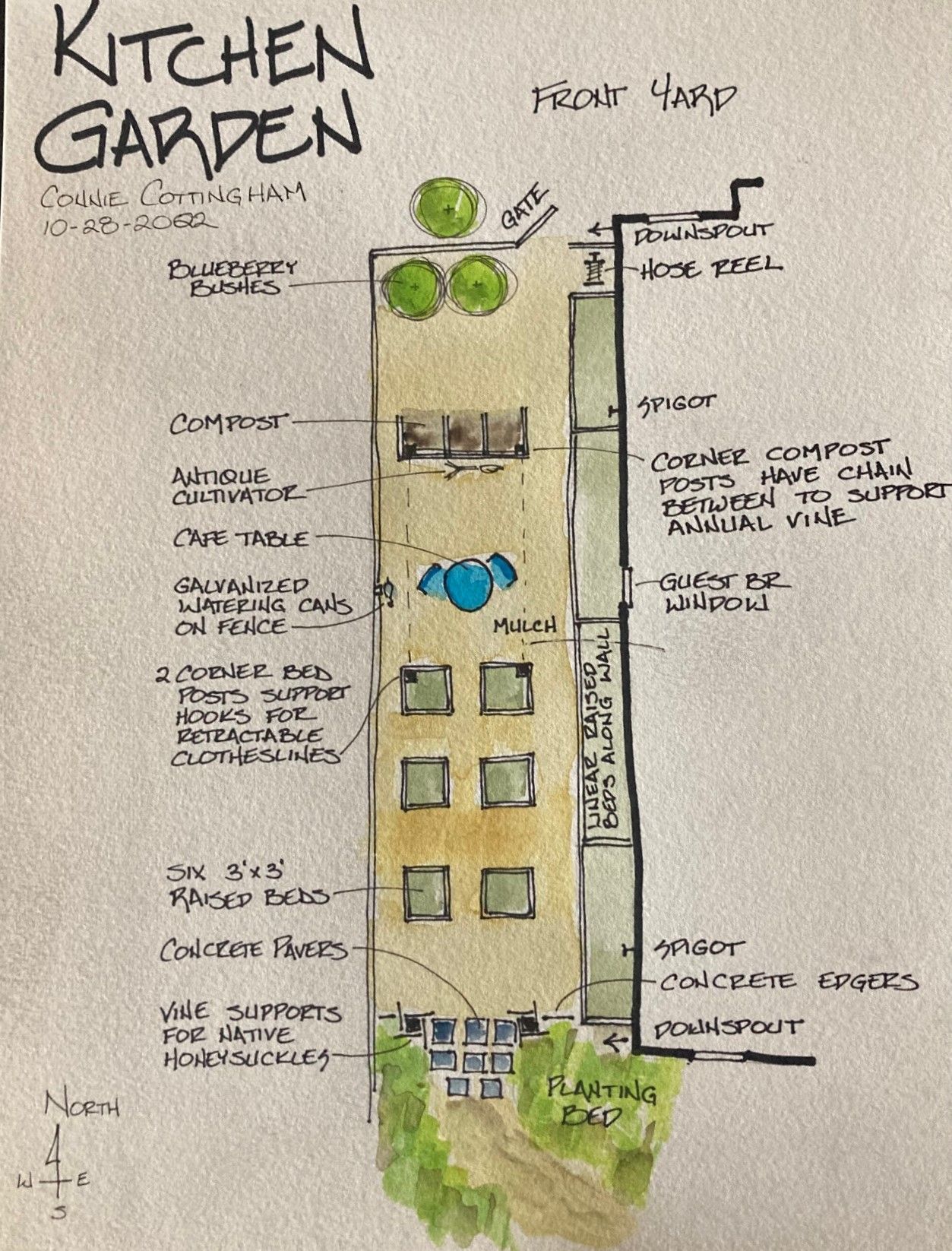A Dozen Reasons to Mulch
Mulch, a protective layer of material placed on top of the soil, is one of the best ways to lower maintenance and improve the health of your landscape.
I highly recommend organic mulch, which is mulch made from once living material such as shredded bark or leaves. Organic mulch should be two to three inches thick and reapplied as it decomposes, usually once or twice a year. It is best to keep mulch a few inches away from the base of plants, since good air flow and a little drier environment is needed there to discourage fungus and pests.
Below are a dozen ways mulch benefits the garden during winter and summer, drought and deluges.
Benefits of Mulching
Deters weed growth
: Mulch lowers the chance of weed seeds germinating. Weeds that do appear are much easier to pull in a mulched bed.
Retains moisture
: Mulch retains soil moisture by decreasing evaporation, plus soils enriched by decomposing organic mulches are better able to retain water.
Stabilizes soil temperatures
: A layer of mulch insulates the soil and roots from fluctuating and extreme air temperatures. Soils with temperatures moderated by a layer of mulch attract earthworms closer to the surface, improving soil structure.
Adds organic matter
: Nutrients from decomposing organic mulches help build the soil and feed plants.
Controls erosion
: A layer of mulch absorbs the impact of rain and watering, protecting the soil from erosion.
Improves appearance
: Mulch can unify a landscape with harmonious texture and color.
Stops soil from splashing onto plants
: This not only makes the plants more attractive, but reduces the transference of soil borne diseases.
Provides a place to walk
: A mulch path will protect your feet from mud and dirt. Mulch between raised beds in my vegetable garden limits weeds and allows me to harvest in any weather.
Protects plants in winter
: Roots will stay warmer in winter under a thick blanket of mulch. With a generous layer of mulch in winter, borderline cold hardy plants have a better chance of survival.
Prevents soil from forming a crust
: Crusting of soil (creating a hard top layer) prevents exchange of nutrients.
Protects young trees from mower and line trimmers
: A 3- to 5- foot radius around a tree trunk is recommended for at least the first three years after a tree is planted. This also eliminates weeds and grass around young trees, which compete for water and nutrients.
Recycles organic material
: Your garden benefits greatly from leaves and branches that are shredded and used as mulch instead of bagged up and hauled away.
